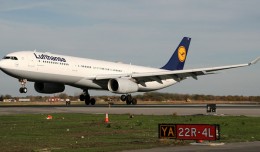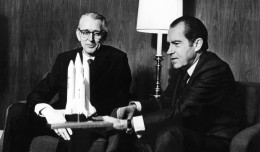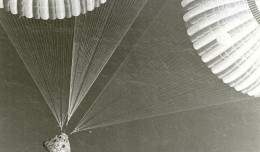1968 – Apollo 7 broadcasts the first live telecast from space.
1965 – Joe Engle in an X-15 reaches an altitude of 49 miles (80 km).
1962 – A US Air Force U-2 reconnaissance plane discovers Russian missiles being installed in Cuba, setting off what would become known as the Cuban Missile Crisis.
1947 – Chuck Yeager becomes the first human to fly faster than the speed of sound in level flight, piloting the Bell X-1S rocket plane to 670 mph, or Mach 1.015. This specific aircraft was #46-062, named “Glamorous Glennis,” after Chuck’s wife. The plane is currently on display at the Smithsonian National Air and Space Museum in Washington D.C.
1943 – The US Army Eighth Air Force loses 60 B-17 bombers during the Second Raid on the ball bearing factories of Schweinfurt, Germany.
1938 – Curtiss test pilot Edward Elliott takes a prototype XP-40 single-engine, single-seat, all-metal fighter and ground attack aircraft up over Buffalo for its first test flight. The plane would later enter production known as the P-40 Warhawk.
1910 – Without permission from authorities, English aviator Claude Grahame-White lands his Farman Aircraft biplane on Executive Avenue near the White House, a feat that would subsequently be praised in local newspapers.








